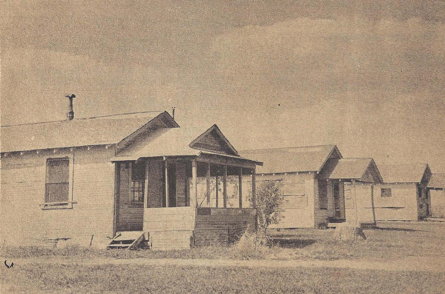Sign up for Flow Kiosk
Already have an account? Sign in now
By registering you are agreeing to our
Terms of Service
Loading Flow



THE MEN WHO WORKED THE RIGS
C3
Entrepreneurs and workers alike often lived in crowded and costly tent cities at first because of the need to be close to the oil field work. Tents and improvised shelters were made with whatever was at hand. Often workers slept under galvanized tin, raised just high enough off the ground to allow for a cot underneath. Workers in these shanty towns were often exposed to hazardous chemicals, poisonous gases and other combustible materials - not to mention unsanitary living conditions. By one account, there were hundreds of shot gun style houses scattered all over the field. Even in the boom towns, there was typically inadequate housing and dining facilities. Single men often slept rough if they were short of money, or perhaps paid a dollar to sleep on a cot in someone’s front yard for the night. Lodging was expensive and hard to find. People in town rented spare rooms and made small apartments over their garages. Many family-style boarding houses came into being to house the influx of workers.

Ultimately oil field boom towns acquired more permanent housing for the workers. Banks, formal boarding houses, hotels, dance halls, movie theaters, and cafes began springing up. Towns added sports as a form of
entertainment, and teams began forming - such as the Wichita Falls Spudders, Texas League Champions of 1927.
